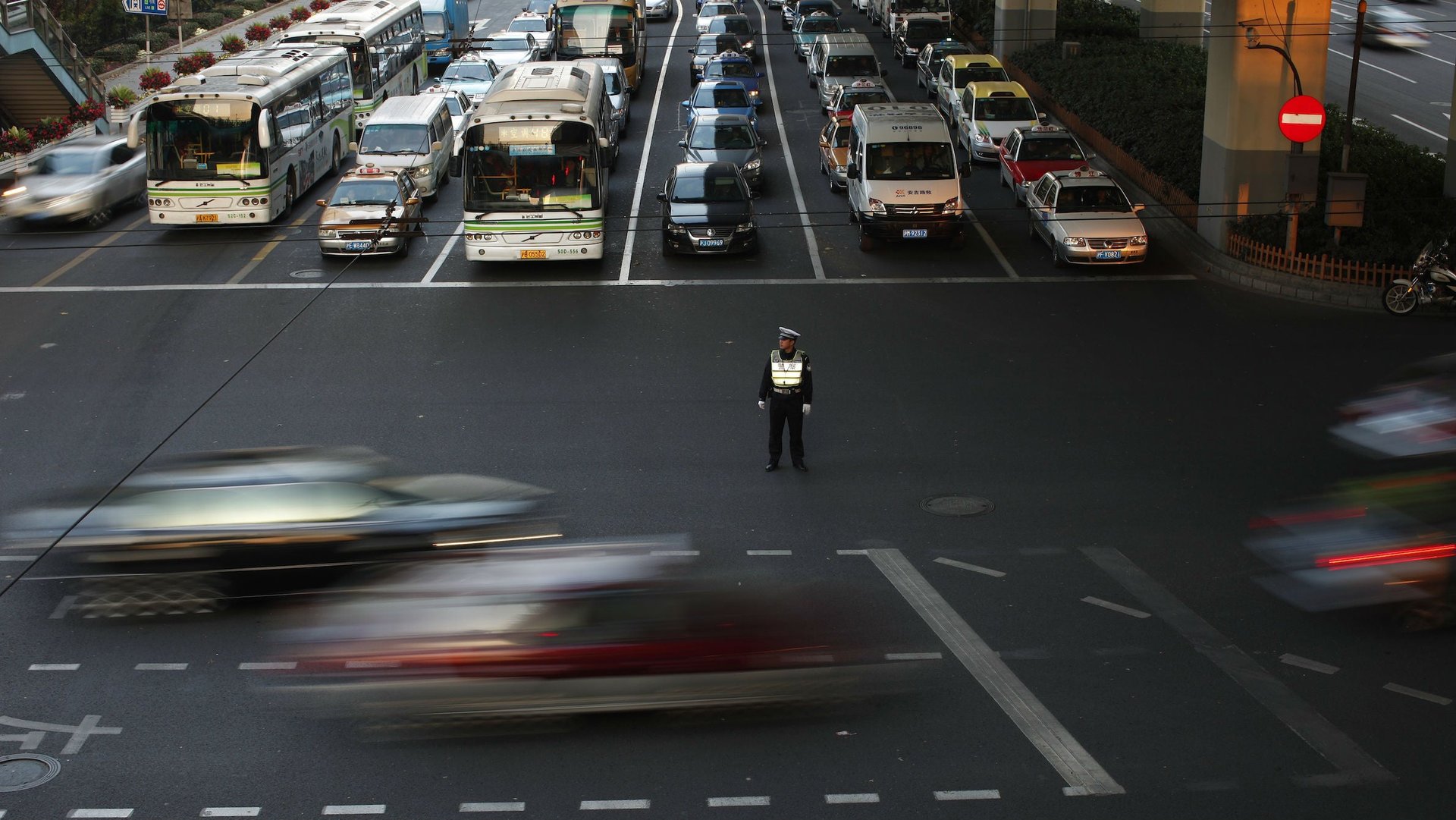Why General Motors is moving offices from the world’s biggest auto market to one of the smallest
General Motors announced on Nov. 13 that it’s moving its international operations (paywall) from China, the world’s largest auto market, to the small city-state of Singapore, where owning a car is prohibitively expensive.


General Motors announced on Nov. 13 that it’s moving its international operations (paywall) from China, the world’s largest auto market, to the small city-state of Singapore, where owning a car is prohibitively expensive.
There are 260 million drivers in China. There are little over 5 million people in all of Singapore. Only about 15% of them own cars, in part because car taxes are so high—at least 100% of the open market value. That makes Singapore the world’s most expensive car market, according to market research firm JD Power and Associates.
So why the move? On one hand, it may be because Singapore has been wooing global firms. The corporate tax rate is 17%, but companies can get lower rates for creating a certain number of jobs or spending more than a certain amount in the country. GM says the new hub offers “several advantages” including proximity to the markets of Southeast Asia, India, the Middle East and Africa. Singapore’s large population of educated, English-speaking professionals is another draw.
The move also looks like a further sign that GM’s relationship with its Chinese partner, state-owned automaker Shanghai Automotive Industry corporation (SAIC), is moving from cooperative to competitive. (Foreign firms can only operate in China through joint ventures with local firms.) The two are both after new car owners in emerging markets.
Just two months ago, GM claimed its relationship with SAIC, China’s largest automaker by sales, had “never been better” and the two were exploring a joint venture in Indonesia. But that deal hasn’t materialized. In the meantime, not only has GM launched its own headquarters in Singapore without SAIC, but SAIC has said it will start making cars in Thailand with a local firm instead of GM. Last year, SAIC let its 50% stake in GM’s operations in India decline to 9%. In October, Bob Socia, the president of GM China, said, “I don’t think it’s fair to expect everything we do outside of China, we have to do with SAIC and vice versa.”
Still, GM’s move to Singapore isn’t a retreat from China. This year, GM is on track to sell 3 million vehicles in China in 2013, up 7% from last year’s total, and is spending some $11 billion on new plants and products in China over the next three years. (GM’s office in Shanghai will still have about 250 staff, compared to 120 in Singapore.)
Nor is it a sign the relationship with SAIC in China will fade soon. As GM China’s chairman said in October, China isn’t likely to abolish its joint venture requirement for foreign firms soon. SAIC doesn’t appear ready to fly on its own either, given that it is still building up its own brands. (SAIC’s own brands, Roewe and MG, made up only 200,000 of the company’s 4.5 million cars sold last year.) At least on the mainland, the two car giants are going to need each other for a while.